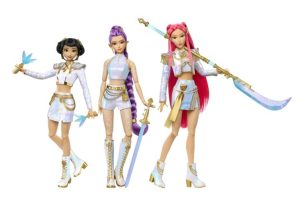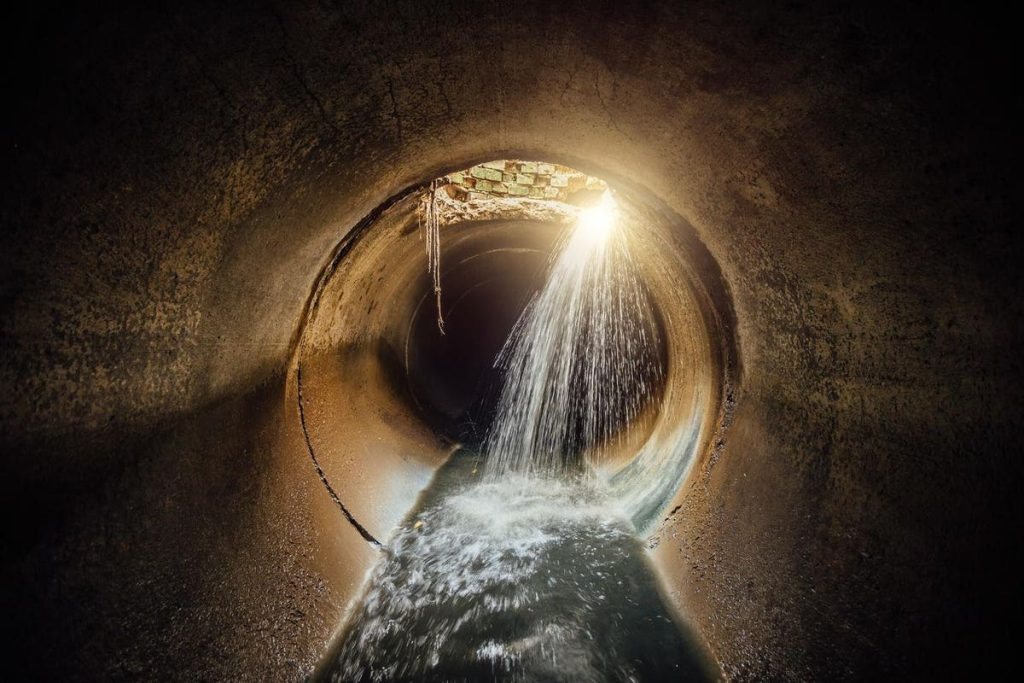Sewer Twitter has made me laugh. Once or twice, Sewer Twitter made me cry.
But most importantly, Sewer Twitter—more specifically, a Twitter account from a sewer district in Cleveland, Ohio—is a shining example of how to communicate and connect with the public on crucial, but unglamorous, topics. And that is something that anyone working to communicate to the public in sectors such as the climate, environment, infrastructure, or other fields of science or engineering, can learn from (note that although the company has changed its name to “X,” the name “Twitter” still predominates and is used here).
For evidence, start with some numbers.
The Northeast Ohio Regional Sewer District’s Twitter account, @neorsd, recently topped 50,000 followers and now stands at 58,000. That is a staggering total for a sewer district, particularly when adjusted to market size. The district’s service area of greater Cleveland is the 34th largest metropolitan region in the United States. I looked at the twitter accounts for the sewer districts for the country’s 10 largest cities. These averaged just over 10,000 followers (and note that all of these other agencies provided more than sewer services—most were also the water utility—whereas NEORSD is strictly sewers and wastewater).
To illustrate, LA County Public Works serves a region ten times bigger than NEORSD (and also is responsible for roads and flood management), but its twitter account has 1/3 as many followers. NEORSD has 58 followers per 100,000 customers; the average for the agencies in the ten biggest cities was 3 (see figure below).
Why so many followers? Simply put, NEORSD is really good at Twitter specifically – and communications generally.
Led by its Manager of Communications, John Gonazalez, @neorsd is often hilarious. That has gotten the attention of people all over the planet. In 2020 I began to notice that friends and colleagues of mine from the world of water management—a former professor in California, a co-worker in Vancouver—were retweeting and commenting on @neorsd content.
Beyond my friends, @neorsd has attracted global attention. A recent article in the Guardian, “How US state agencies got funny,” focuses mostly on the comedic accounts of wildlife agencies of states such as Washington and Oklahoma. But after reviewing some of their truly funny wildlife-themed content, the article seeks the origins of agency social-media humor and points to…@neorsd, a “true giant.” The communications director for the Oklahoma Department of Wildlife Conservation, Sarah Southerland, describes the sewer district as “an icon in our field.”
Much of the @noersd’s humor revolves around some recurrent themes, including the perils of “flushable” baby wipes (flushable only in their wildly inappropriate name, but so, so not flushable in practice).
Another common theme interweaves Cleveland sports with the district’s line of work. For example, when the Cleveland Cavaliers were hitting a high proportion of three-point shots, @neorsd reported that “Recent Trends Prompt @Cavs to Convert 3-Point Line to Functional Rain Garden,” complete with a photoshopped image of the Cavs court with an arc of vegetation defining the three-point line (Get it? The team was “raining threes” in basketball parlance).
When a Cleveland athlete is dominating a game, Gonzalez will tweet a concise message dubbing that player “infrastructure” (e.g., “Donovan Mitchell is infrastructure”).
These are the moments where @neorsd reveals the game. Gonzalez is not simply vying to be the class clown. He is trying to connect with people and very gently, very subtly, shift how they view the District’s services. Infrastructure, such as sewers, is one of those topics that cause eyes to glaze over. By continually linking beloved sports figures with that term, he is glossing it up by association: infrastructure is crucial, infrastructure is indispensable, infrastructure is awesome!
This sleight-of-hand is what those of us working in conservation and climate, or other areas of infrastructure, can learn from. Our topics also generally cause eyes to glaze over. But Gonzalez is working with sewers, sewage, and wastewater treatment and he manages to consistently connect and entertain. In short, he drew perhaps the most difficult assignment in the communications arena, and he’s out there raining threes.
Surely, we can find ways to do the same with themes that aren’t literally about waste products.
The podcast Social Pros described @neorsd as “a master class for any organization that says we’re not interesting enough, no one’s going to care…” Jay Lund, a professor of civil engineering and water management at University of California, Davis tweeted: “All water agencies should follow and study @neorsd. So much of water utility success is having the public better understand infrastructure services.”
How does @neorsd communicate in ways that gets people to care and understand?
One key take-home: amidst the humor and zany videos (and occasional straightforward updates on the system), emotional connection is at the heart of @neorsd’s content. Last spring, Gonzalez noted that, though he had not (yet) been invited to give any commencement speeches, he had one to offer. And then he preceded to tweet a thread of beautiful words that literally brought tears to my eyes (OK, I’m a sentimental guy and my youngest daughter had just graduated high school, but really it was a beautiful little speech; read it here).
The speech concluded with a paragraph that seems to summarize his take on how to reach people: “our twitter is a very human connection to a very hidden system. human connections matter. remember that below the surface of every human interaction is a world of experience you may never see. respect that. and make connections that matter. congratulations, class of 2022.”
He is building off a theme that the value of sewers and water treatment infrastructure is often overlooked, but he found a way to ground it within larger themes about how we view the broader world and connect to other people.
On Social Pros, Gonzalez described his emphasis on emotion and connection: “people want that human connection and we (NEORSD) are humans that are literally connected to them in ways that they don’t think about. Why not build on that?”
Research on science communications has shown that emotional connections are often more effective than evidence-based arguments for informing people and shifting behavior. Not everyone can be as funny as Gonzalez, but anyone working in science communications can strive for authentic connections and emotions.
So, anytime I feel frustrated that people often overlook the value of rivers and don’t prioritize conservation of freshwater ecosystems, I think “what would @neorsd do to make people care?” and then I let my thoughts swirl down the drain, toward the hidden connections that matter.
Read the full article here








